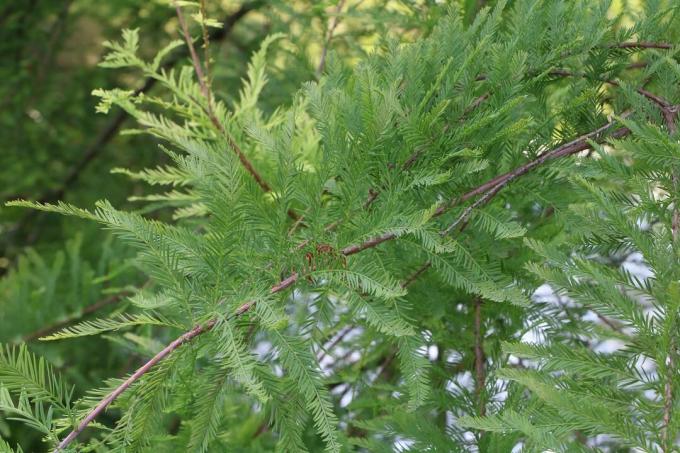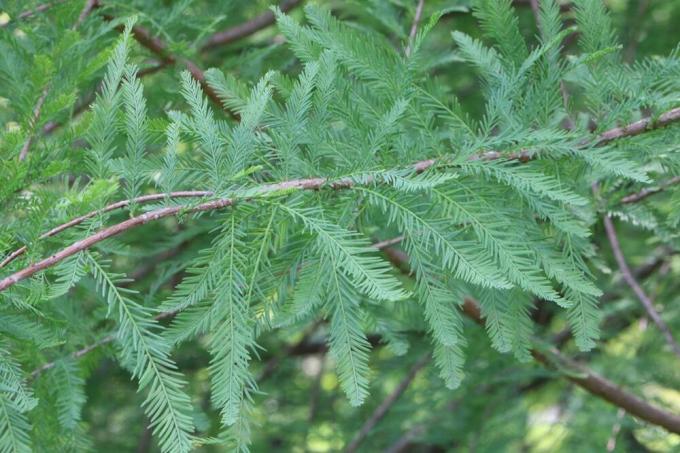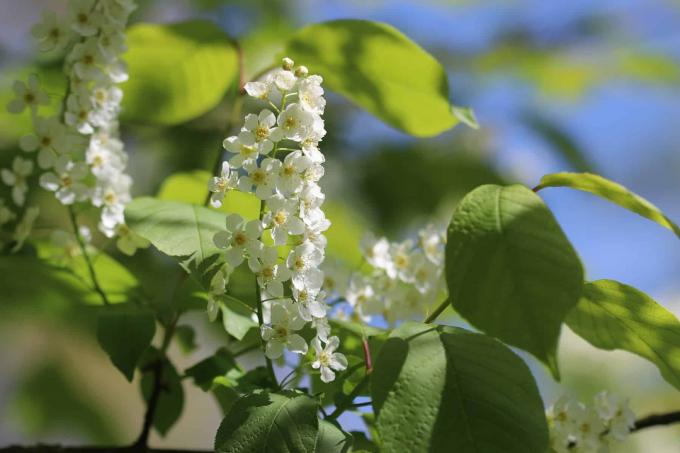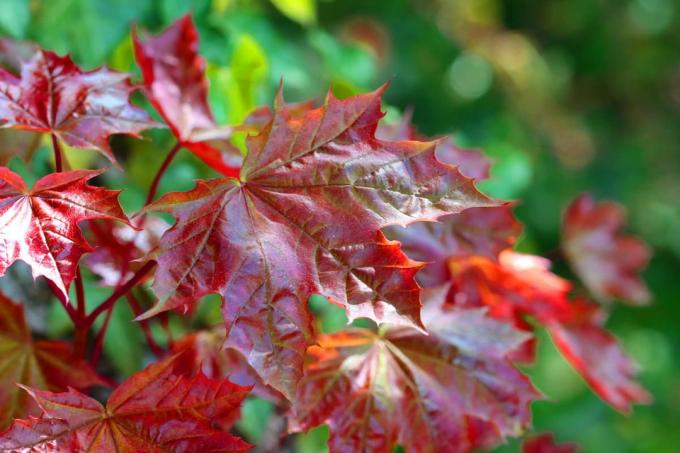

Table of contents
- Peculiarities of the bald cypress
- Care and pruning of the bald cypress
The bald cypress is one of the few conifers that lose their needles in winter. In autumn the needles turn brownish to reddish before they fall off. This extraordinary autumn color and the interestingly shaped trunk of the cypress makes the conifer a special gem in the garden. In addition, the bald cypress, like all conifers, produces cones as fruit. These cones contain the seeds that the bald cypress uses to reproduce.
Peculiarities of the bald cypress
Although the bald cypress originally grew in warm, humid climates and swampy areas, such as the Florida Everglades, is at home, its robustness ensures that this extraordinary tree also does well in the European climate thrives. The bald cypress is frost hardy, so it can be planted out in the garden all year round. The tree forms both ground roots and aerial roots to meet the high liquid needs. Since the humidity in Central Europe is not ideal, the bald cypress should therefore primarily be planted on the shore of a lake or larger pond.

If you want to plant a bald cypress in your garden, you should pay attention to the extraordinary size of the conifer. Bald cypresses can reach a height of up to 30m and a trunk circumference of up to 15m. With this size, the tree is one of the prehistoric sequoias.
Care and pruning of the bald cypress
Due to the region of origin of the bald cypress, the roots must be constantly supplied with plenty of water. Luckily, the plant is so robust that even dry periods cause hardly any damage and it withstands longer frosts down to -20°C without being damaged. The fact that the bald cypress is one of the robust primeval plants also ensures that this tree is not attacked by pests. Is the bald cypress called bonsai planted in a bucket, it can easily overwinter in the garden. When wintering in the house, you don't have to pay attention to a special location. During the winter, the plant does not need a sunny spot, so it can easily hibernate in a dark basement. However, you should ensure regular watering during the winter indoors. Fertilization is not necessary.
When watering, it is important to ensure that the roots of the bald cypress constantly receive water. A soil with a high proportion of clay that offers little drainage is therefore the ideal location for this plant. To facilitate the water inflow, you should use the bald cypress as a solitary plant; there should be no marsh plants or other trees and shrubs in the immediate vicinity.
While the water requirement of the cypress decreases in winter, it is particularly high in summer. If the bald cypress is not directly in or in the immediate vicinity of a large pond, it must be watered accordingly. The aerial roots must not be neglected. The bald cypress requires a lot of nutrients. This can be covered by the fact that the conifer is either directly in the water or by regularly feeding through sufficient nutrients fertilization be supplied.
The size of the tree can be varied by regular pruning. In general, no regular pruning is necessary for the bald cypress.
 garden editorial
garden editorial I write about everything that interests me in my garden.
Learn more about Baumlexikon

Bird cherry, Prunus padus: caring for, pruning & propagating
The bird cherry is a shrub or tree that is the ideal bee pasture in a natural garden. However, the plant should also be viewed with caution, as it is a poisonous plant for horses. Nevertheless, it is popular in the local colorful hedges.

Red maple: 9 tips for caring for, cutting & overwintering
The red maple is one of the most impressive trees in Germany due to its unusual scarlet leaf colour. Here you can find out how to integrate this impressive plant into your garden and how to keep it healthy and vigorous.

Sycamore tree: Properly care for and cut sycamore trees
The plane tree (Platanus) has a high decorative value. In terms of care, it is mostly undemanding, which is why it is often chosen as a street tree. Nevertheless, there are a few details to be observed when it comes to care, as described in the home garden guide.

Birch locations: 5 important criteria
Birch trees are extremely frugal trees and are particularly eye-catching and decorative thanks to their light-colored bark. When choosing a location, however, a few factors should be considered in order to create optimal conditions for their growth and to protect the environment.

Cutting dwarf pine - instructions for the perfect cut
Dwarf pines can be pruned by thinning out, topiary or limbing. A bonsai design with needle and root pruning is also possible. So that the wood does not look unattractive after the pruning measure, a few rules of technology should be observed.

Is the vinegar tree poisonous? | Who is it dangerous for?
In ornamental gardens, the vinegar tree is an attractive eye-catcher due to its unusual flowers and the appealing autumn color of its feathered leaves. The red, upright fruit cobs (flowers) are responsible for the striking appearance. Despite everything, the vinegar tree is not an unproblematic tree.



